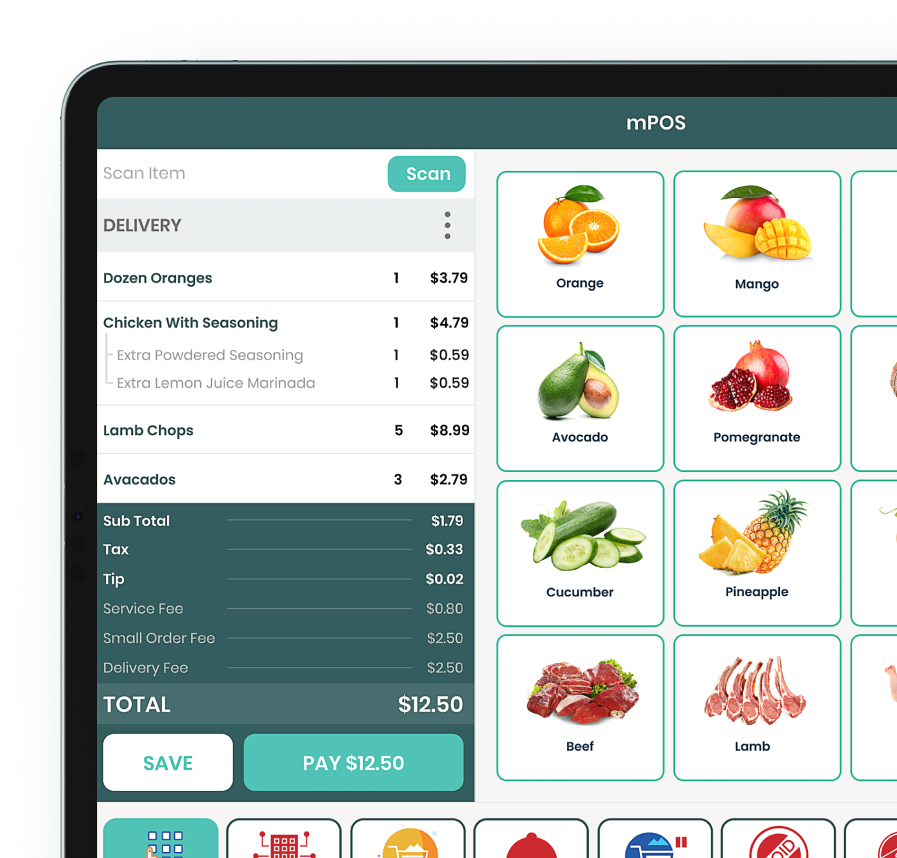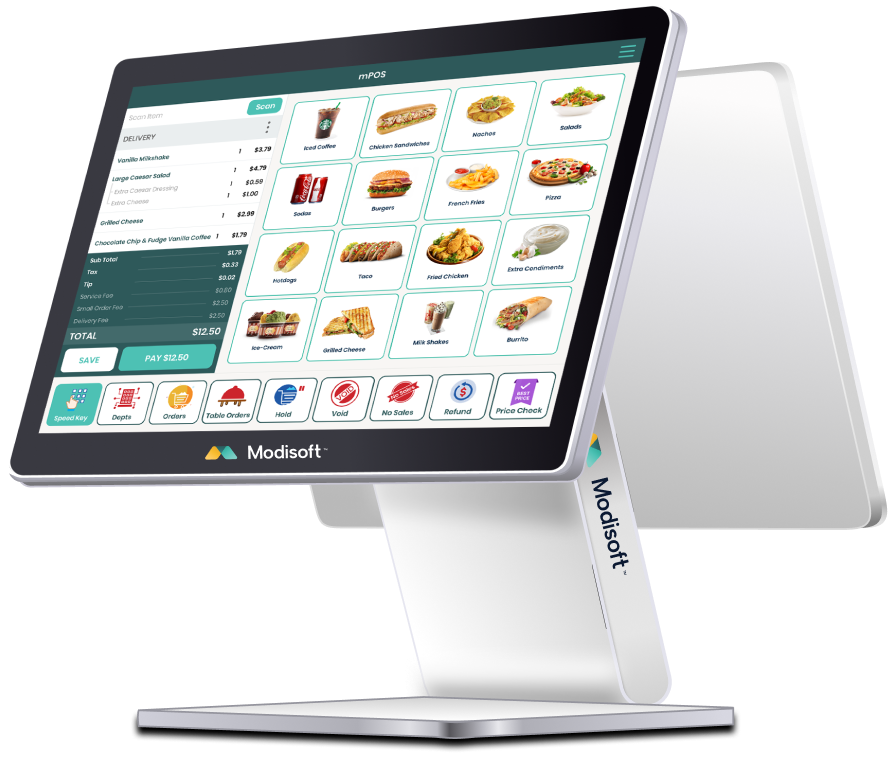If you could hire the “perfect” employee for your c-store, what would their job description be?
Would they be able to interact with customers, in person and via mobile devices? Remember what individual customers buy and suggest products and promotions that dovetail with their shopping habits? Quickly verify a shopper’s age before ringing up the bottle of wine they’ve set on the counter? Track inventory in ways that minimize out-of-stocks? That “perfect” employee is available in today’s state-of-the-art POS systems!
Just as high-tech devices have become consumers’ personal “shopping assistants,” yesterday’s fixed function POS systems have transformed into multi-tasking “sales assistants” that can improve customer satisfaction, mitigate risk, and boost sales and profits.
Customer Satisfaction
Customers’ skyrocketing use of mobile devices means c-stores must be able to integrate business processes to support omni-channel marketing, mobile payment options, and loyalty programs to remain competitive. As Accenture notes in its 2013 report, “A New Era For Retail: Cloud Computing Changes the Game,” today’s customers want the same products, pricing and promotions in store and online; expect to be recognized for their loyalty and receive personalized offers regularly; and want “a seamless rather than a channel-specific experience of the brand.”
The front-end checkout is where customer satisfaction can begin and end. “The checkout is the center of business transactions within the store and is the only area where a customer must have interaction with an employee,” a news release from LA Top Distributor, a Los Angeles provider of convenience store products, says.
The ability to support loyalty programs is another important trend in POS systems today. That ability, in fact, is “often cited as a driving force that is making small businesses rethink their reliance on traditional POS solutions,” Intel’s 2013 “Point-of-Sale (POS) Solutions: Market Segment Overview” reports.
The SmartPOS system features loyalty program integration, along with unlimited quantity and space for items and promotions
Managing Risk
According to the National Association of Convenience Stores (NACS), an average c-store selling fuel has around 1,100 customers per day, or more than 400,000 per year. “Cumulatively, the U.S. convenience store industry alone serves nearly 160 million customers per day, and 58 billion customers every year,” NACS data shows.
Maximizing Profits
Stores armed with POS systems that 犀利士
integrate inventory and pricing functions benefit from efficiencies stores without those solutions don’t enjoy. As the Accenture report explains, cloud computing can help businesses simplify supply chain management, decrease overhead costs, and reduce wasted store and shelf space. “Few retailers have supply chain systems capable of adequately handling their current business without stock-outs, expedited deliveries, or high inventories,” the Accenture report says.
Nobody can predict what c-store customers will look like a decade or more from now; however, one thing is clear: they will continue to seek convenience, even as their demand for products and services evolve based on changing tastes and lifestyles.
Staying on top of POS trends, and investing in systems that function as true “sales assistants,” can help c-stores meet whatever today’s customers, as well as those of tomorrow, demand. Failing to do so is a dangerous path to follow—because in today’s competitive retail environment, out of date can mean out of business!

















































